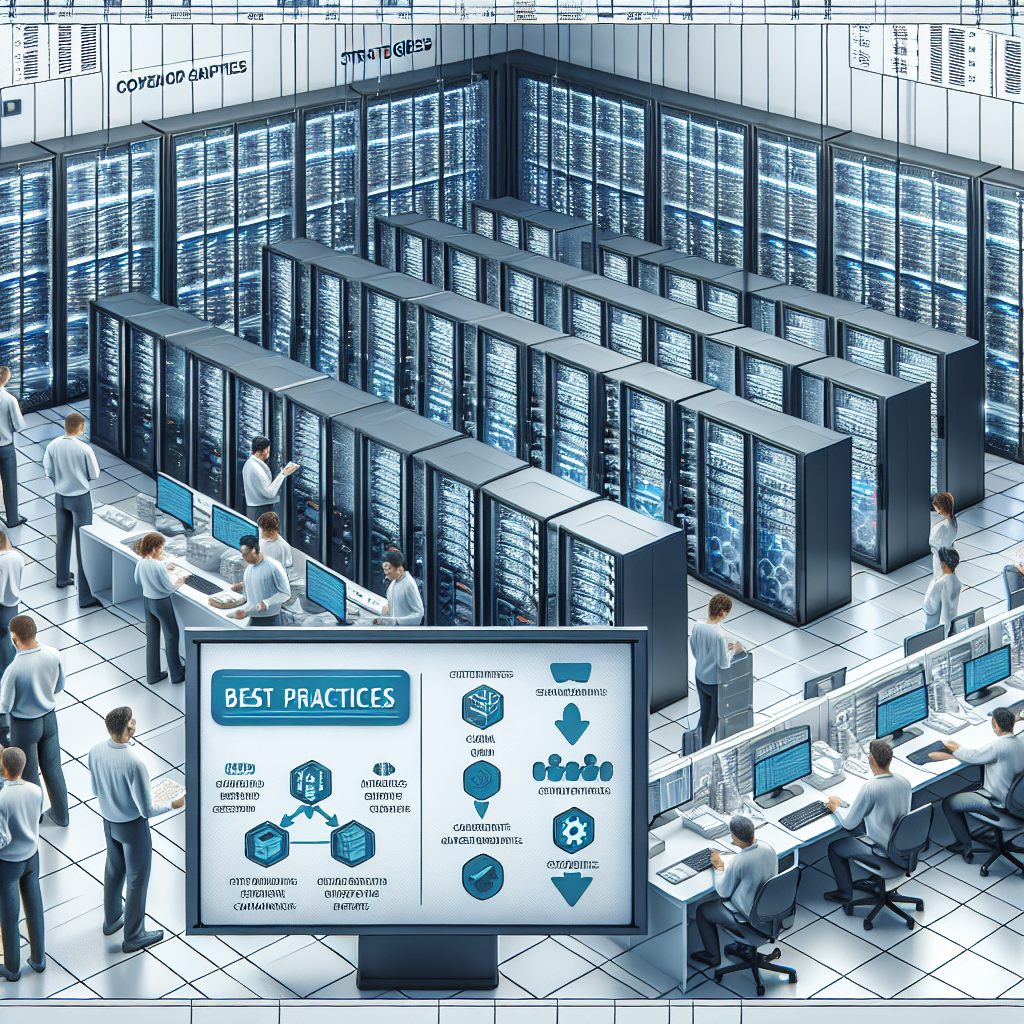Your cart is currently empty!
Ensuring Data Center Uptime: Best Practices and Strategies

Ensuring Data Center Uptime: Best Practices and Strategies
Data centers are the heart of any organization’s IT infrastructure. They store and process critical information that keeps businesses running smoothly. As such, ensuring data center uptime is essential to maintain operations and prevent costly downtime.
To achieve maximum uptime, data center managers must implement best practices and strategies that minimize the risk of outages and disruptions. Here are some key tips to help ensure data center uptime:
1. Regular Maintenance and Monitoring
Regular maintenance and monitoring are essential to prevent unexpected downtime. This includes performing routine checks on hardware, software, and infrastructure components to identify and address potential issues before they escalate.
Implementing a robust monitoring system that tracks key performance metrics can help data center managers proactively detect and resolve problems. This includes monitoring temperature, humidity, power usage, and network traffic to ensure optimal performance.
2. Redundancy and Backup Systems
Redundancy is a critical aspect of ensuring data center uptime. Redundant components and backup systems can mitigate the impact of hardware failures or other disruptions. This includes redundant power supplies, network connections, cooling systems, and data backups.
Implementing a failover system that automatically switches to a backup component in case of a failure can help minimize downtime and ensure continuous operations. Regularly testing backup systems and ensuring they are up-to-date is also important to ensure they are ready when needed.
3. Disaster Recovery Planning
Disaster recovery planning is essential for ensuring data center uptime in the event of a catastrophic event such as a natural disaster or cyberattack. Developing a comprehensive disaster recovery plan that outlines procedures for responding to emergencies and restoring operations is crucial.
This includes identifying critical systems and data, establishing recovery time objectives (RTOs) and recovery point objectives (RPOs), and testing the plan regularly to ensure it is effective. Implementing offsite backups and failover systems can also help maintain uptime during a disaster.
4. Capacity Planning
Capacity planning is essential for ensuring data center uptime as it ensures that the infrastructure can support current and future workload demands. This includes monitoring resource usage, forecasting growth, and upgrading hardware and software as needed to prevent performance bottlenecks.
Regularly assessing capacity requirements and scaling resources accordingly can help prevent overloads and downtime caused by insufficient resources. Implementing virtualization and cloud computing technologies can also help optimize resource utilization and improve scalability.
5. Training and Documentation
Regular training for data center staff and thorough documentation of procedures are essential for ensuring data center uptime. Properly trained staff can quickly identify and resolve issues, while comprehensive documentation ensures that processes are consistent and well-documented.
Regularly updating documentation and providing ongoing training to staff on best practices and procedures can help prevent human errors and ensure efficient operations. This includes conducting regular drills and exercises to test staff readiness in responding to emergencies.
In conclusion, ensuring data center uptime requires a proactive approach that encompasses regular maintenance, monitoring, redundancy, disaster recovery planning, capacity planning, training, and documentation. By implementing these best practices and strategies, data center managers can minimize the risk of downtime and ensure continuous operations to support business continuity.

Leave a Reply